
Un equip de recerca de l’Institut Català de Paleontologia Miquel Crusafont (ICP) descriu les restes fòssils més antigues d’Europa de l’espècie de proboscidi extinta Deinotherium proavum. Els investigadors han analitzat 26 dents que van emergir durant les obres de construcció de la Ronda Oest de Sabadell. L’estudi ha estat publicat a la revista Journal of Vertebrate Paleontology.
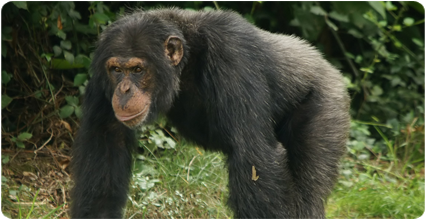
A new study led by researchers from the Institut Català de Paleontologia Miquel Crusafont (ICP) reveals that the morphology of the inner ear’s bony labyrinth is a powerful tool to reconstruct phylogenetic relationships among apes and humans. By means of a recently developed technique of 3D geometric morphometric analysis, researchers have quantified the ‘phylogenetic signal’ enclosed in this anatomical structure for extant anthropoids (monkeys, apes and humans) and two extinct hominoids (Oreopithecus and Australopithecus). The research article has been published in eLife.

Un nou estudi dirigit per investigadors de l'Institut Català de Paleontologia Miquel Crusafont (ICP) revela que la morfologia del laberint de l'oïda interna és una eina molt potent a l’hora de reconstruir les relacions filogenètiques entre els simis i els humans. Mitjançant una nova tècnica d'anàlisi morfomètrica geomètrica 3D, els investigadors han quantificat el 'senyal filogenètic' que s’amaga en aquesta estructura anatòmica en els antropoideus actuals (micos, simis i humans) i també han analitzat la morfologia de l'hominoïdeu fòssil Oreopithecus i de l'hominí Australopithecus. L'article ha estat publicat a eLife.
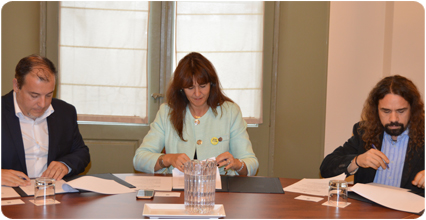
L’Institut Català de Paleontologia Miquel Crusafont (ICP), el Centre de Restauració i Interpretació Paleontològica (CRIP) i el Departament de Cultura de la Generalitat de Catalunya han signat avui un conveni de col·laboració per promoure les intervencions paleontològiques, la recerca i la difusió del patrimoni paleontològic dels Hostalets de Pierola, un municipi que té alguns dels jaciments del Miocè més importants del món.
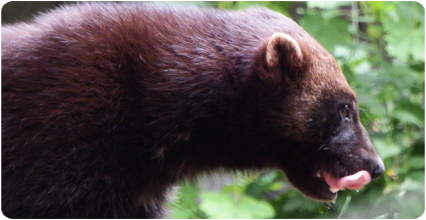
Un equip d'investigadors descriu les restes més antigues de la península Ibèrica dels avantpassats del golut actual, el mustèlid terrestre més gran que existeix i en el qual es van inspirar els creadors del superheroi de Marvel "Lobezno". Els fòssils, del Miocè inferior, provenen de jaciments d'Aragó i Catalunya i permeten aclarir les relacions de parentiu entre diverses espècies extintes.

A team of paleontologists led by the Director of the Institut Català de Paleontologia Miquel Crusafont (ICP), David M. Alba, has reported in the Journal of Vertebrate Paleontology a 16-million-year-old pangolin femur from the site of Can Cerdà in the Vallès-Penedès Basin (NE Iberian Peninsula). Pangolins currently live in Asia and Africa, but in the Miocene they were recorded in Europe. The specimen represents the first record of fossil pangolins in the Iberian Peninsula and has been assigned to the extinct genus Necromanis, which retains several primitive features compared to extant genera.
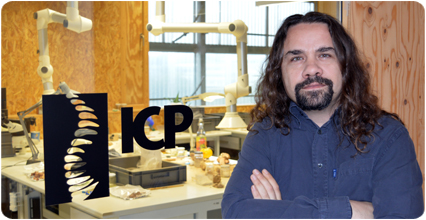
The Institut Català de Paleontologia Miquel Crusafont (ICP) board has today approved the designation of David M. Alba, head of the Neogene and Quaternary Fauna research group, as the new director of the ICP. Alba replaces Salvador Moyà-Solà, founder and leader of the centre since 2006.
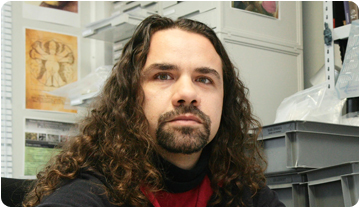
The head of the research group on Neogene and Quaternary faunas at the Institut Català de Paleontologia Miquel Crusafont (ICP), David M. Alba, is, since early this year, the new co-editor-in-chief of the Journal of Human Evolution (JHE), the most prestigious scientific journal in the field of human evolution and paleoprimatology. The editors-in-chief bear the greatest responsibility on the contents published in the magazine. Since 2013 Alba has been an associate editor.






